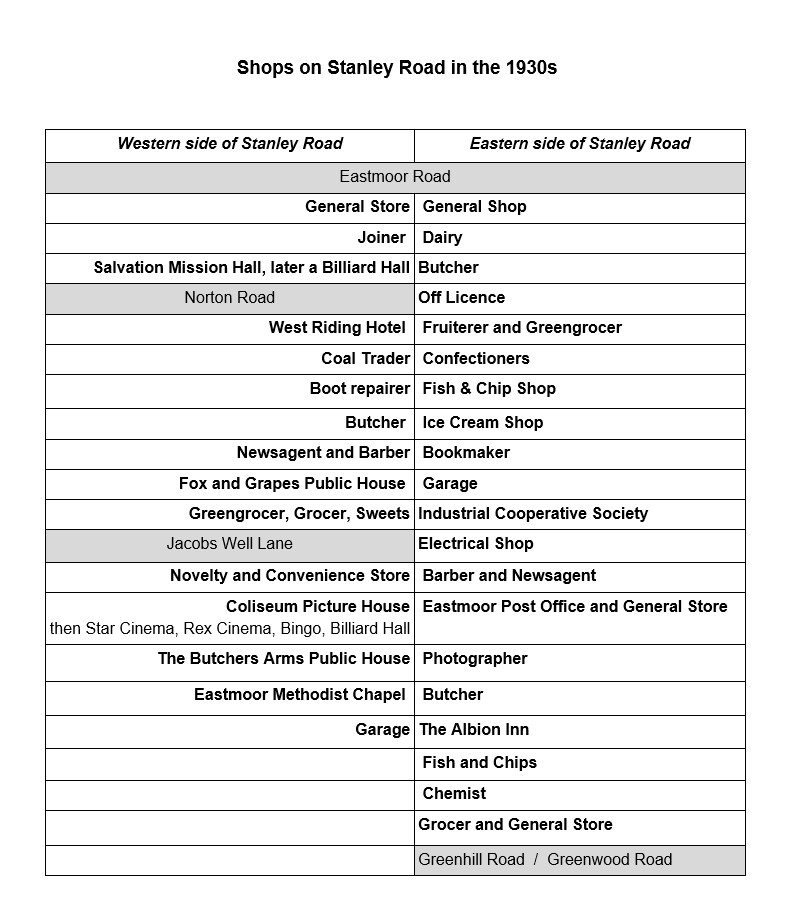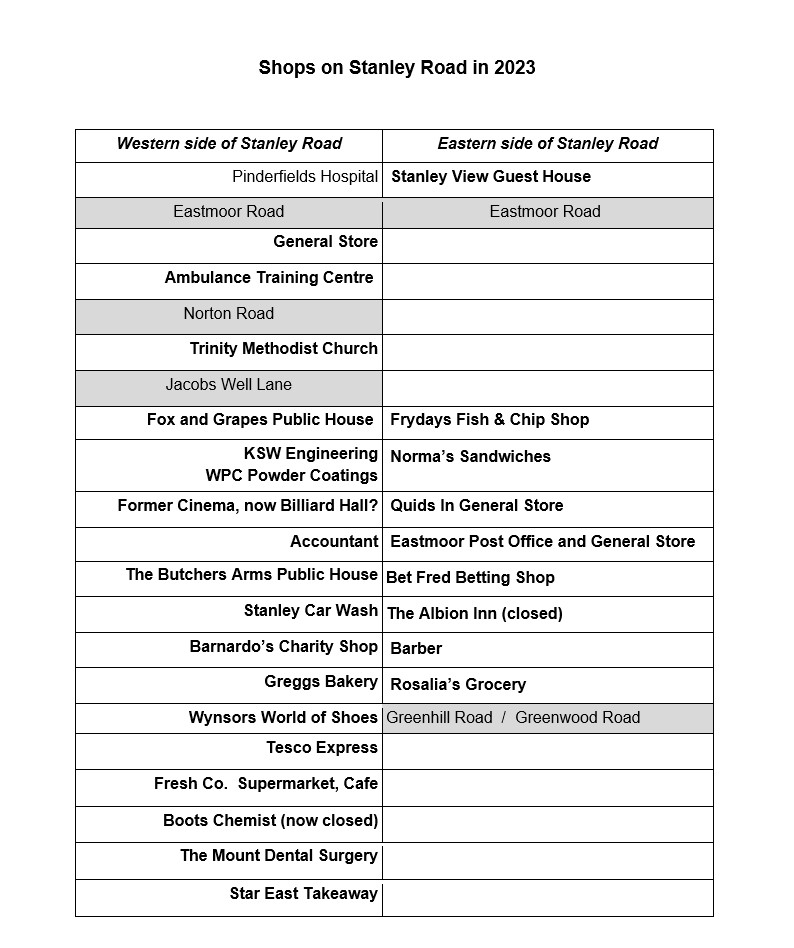Life on the estate
A 1930s house
One house has had the same family resident since it was first built in 1930. Originally occupied by a couple with their three daughters and an elderly parent (John Henry – see the Jacob’s Well Lane case study), the youngest daughter May stayed in the house to raise her own family.
“[We had a] coal fire like an oven… when my mother were baking… she wouldn’t let you go near because you had to keep feeling how hot it was with this handle of the oven.”
“It was a cast-iron bath and the outside of the bath was green and it had four claw feet. A back boiler in the coal fire heated the water.”
“It was quite a while before the road were made right. There were no buses or owt like that, no shops… no nothing.”
“We were proper neighbours in them days. Before they altered layout of the kitchen and that… we used to talk over the fence on a night.”

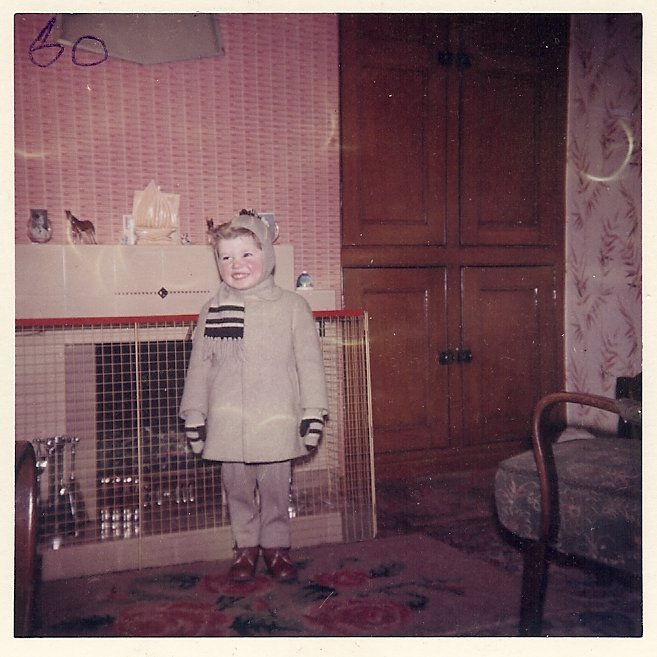



The full transcript of May’s interview is available at Wakefield Library.
Shopping in the 1930s
Since there were no shops on the estate, Stanley Road was still the nearest and most frequently used shopping parade. By 1930, ‘fast food’ had became more common, as evidenced by fish and chip shops and ice cream shops.
A photographer’s shop, an electrical shop, and a garage all show how technology was developing in different ways. Another example of advancing technology in the1930s was the cinema. At first the Coliseum Picture House, it became the Star Cinema, then the Rex Cinema.
Many of the business proprietors were local and an extract from an anonymous memoir gives an idea of the street and yards, the juxtaposition of traditional trades and emerging technologies and of local connections:
“[A] small window announced Mr Morris’s boot repair shop. His access was at the side of the building. Behind, stood the yard of Mr Hargill, who had stables, horses and carts for his coal-leading business. There were also some sheds which bordered Norton Road. In one of these, Mr Clifford Lambert housed his motor car. Clifford lived on Watson Cresccent when the new estate began to take residents from the Clearance Area on Eastmoor.”
(See Victorian Eastmoor for more on shopping and Mr Lambert’s shop)
A 1950s flat
Former resident Bill lived in a flat with his parents and brother during his early childhood in the 1950s and in a house throughout his teen years.
“[We’d] been living with my grandmother on Westgate End – there was no electricity and no bathroom. The move from there to a brand-new flat on Eastmoor was quite dramatic.”
“When we first went in we had an old, low suite but when the fireplace was changed we got a black vinyl one with cocktail cherry legs… In my bedroom, there was one bed and a Zed bed that folded up into what looked like a narrow table and it had a mattress that concertina-ed underneath and a curtain around the edge to hide the mattress.”
“I used to make cardboard cutout guitars and stand in front of my mirror and mime. My dad showed me three chords on a toy guitar and later, he got me a full-size one… Eventually I put a band together called Bebop Deluxe and turned professional.”
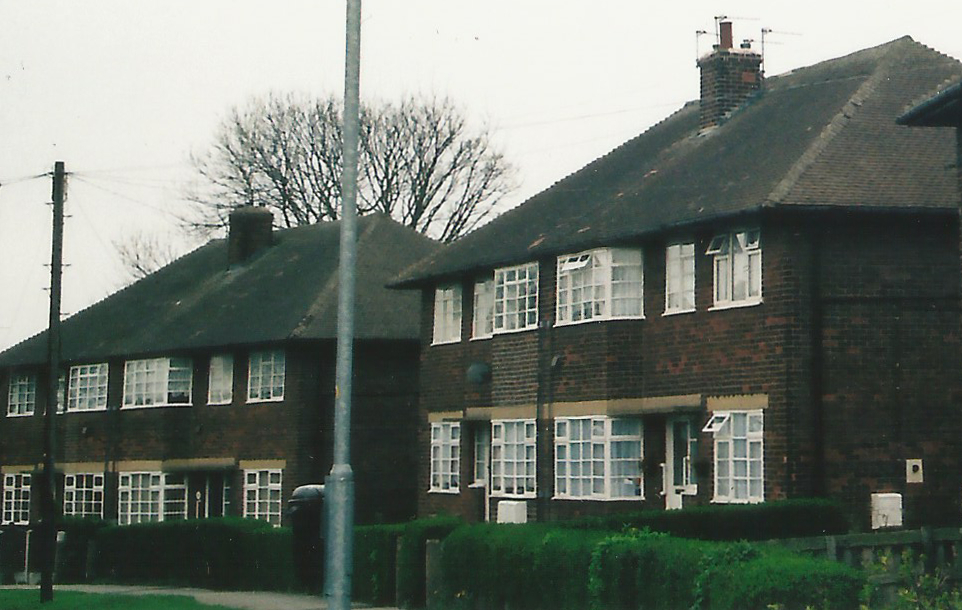
The full transcript of Bill’s interview is available at Wakefield Library.
A 1950s house

“You got a mix of people living there because of the housing shortage after the war. Until I went to the high school I didn’t know anybody that owned their own house.”
“My mum used to scour the front door step to keep up appearances and make it look nice.”
“I shared a bed with my sister until I moved out because it was only two bedrooms. There was no heating. I remember getting under the covers to revise for exams because I was so cold.”
“The curtains were a stripy maroon and cream brocade. And they had wallpaper but it was a different patterned wallpaper on the chimney breast.”
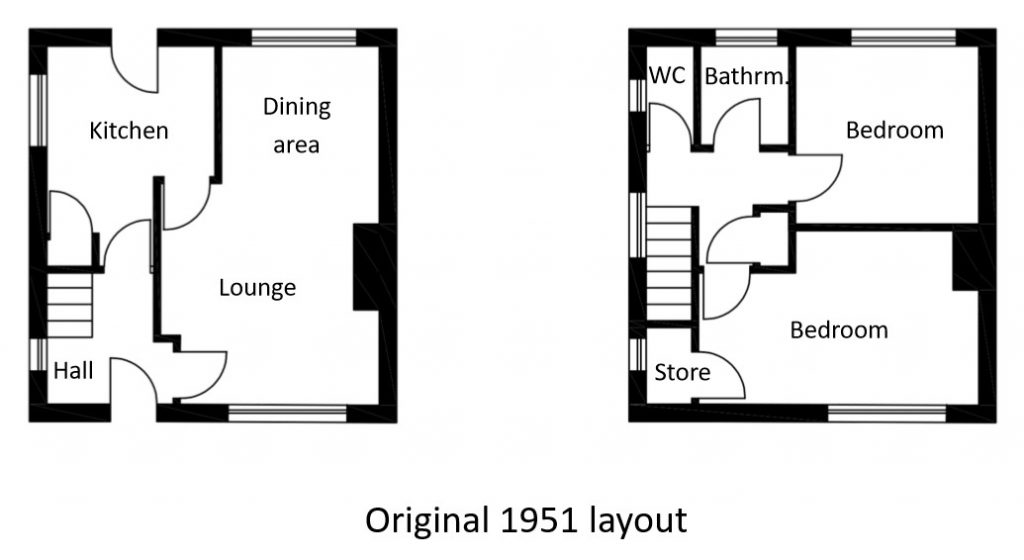
The full transcript of Carol’s interview is available at Wakefield Library.
The 1950s prefabs and 1950-60s 'Spooner' houses
Prefabs provided a quick and affordable way of housing local families after their homes had been damaged in the war. Eastmoor had two streets of prefabs – Linton Road and Barden Road. These were demolished in the 1970s and the streets were redeveloped.
“A friend of mine lived in the prefabs on Linton Road, single-storey bungalows, and I’m fairly sure that some of the interior walls were just metal as well.”
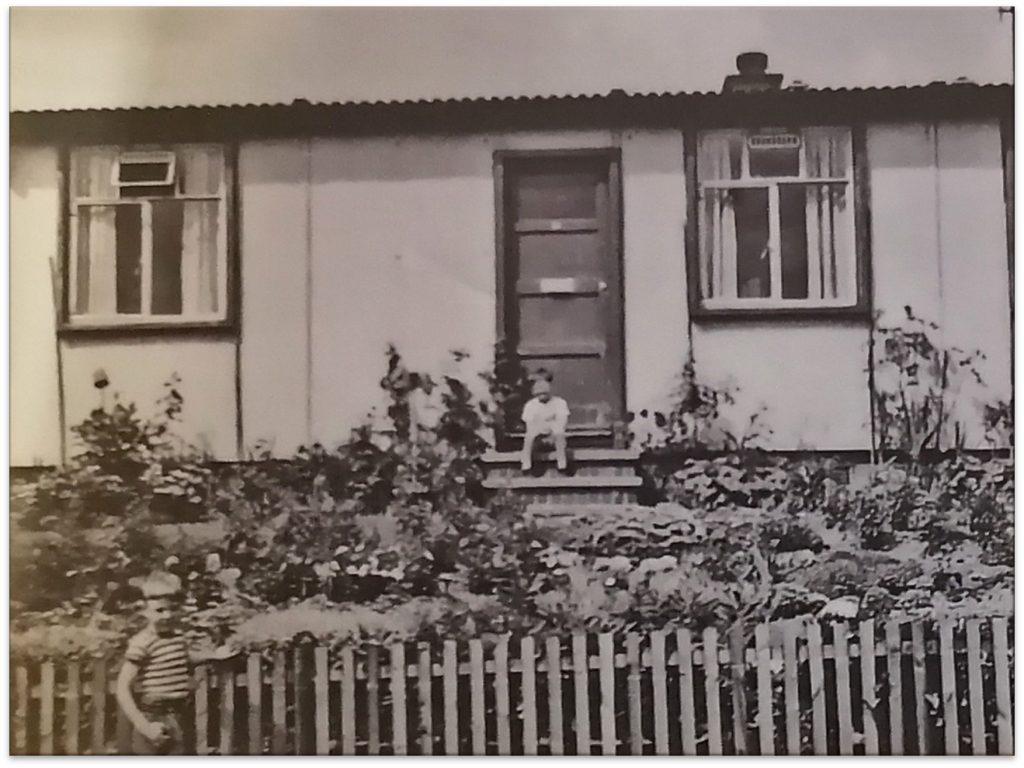
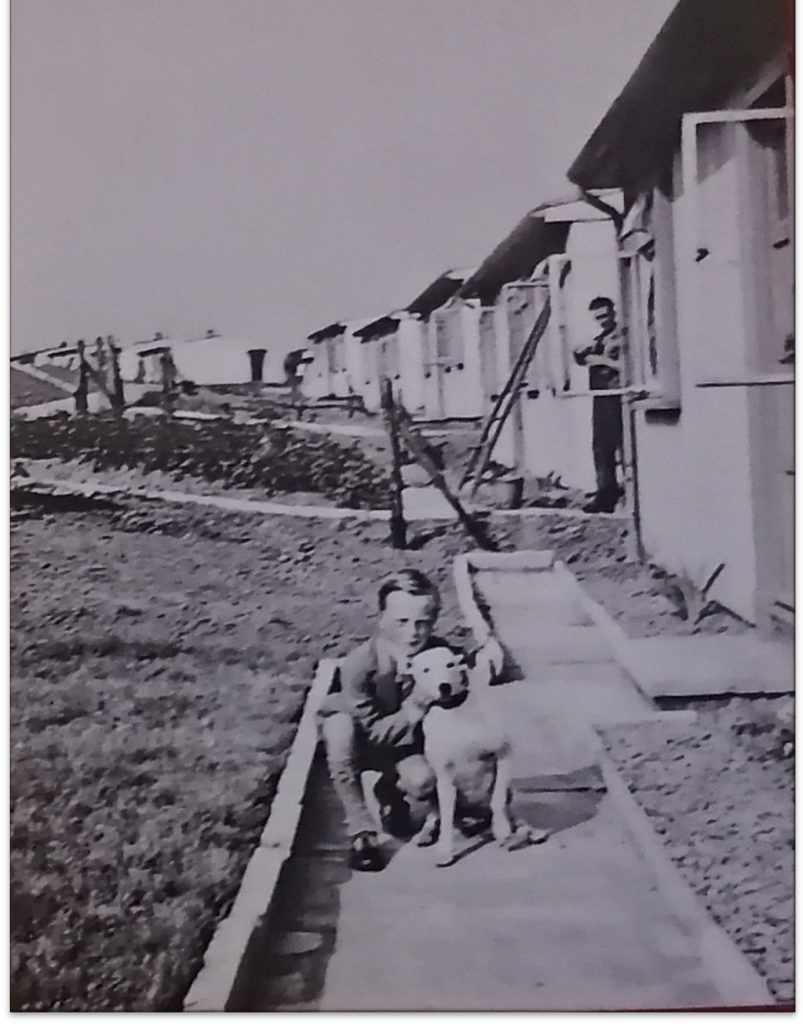
The ‘Spooner’ houses were built by a company of the same name, and although they were a permanent form of housing, they did not have traditional construction like the others on the estate – they had a timber frame with a brick outer skin, and corrugated roofs. One former resident recalls
“They were quite cosy in winter since they had a centrally place coal fire with a back oven through in the dining room… These houses even had an upstairs and a downstairs toilet and a fitted bathroom… Cooking was initially done on a two ring electric hob and grill supplied by the council, or in the coal oven.”
(Phil Javens)

The 1960s and 1970s
Darran lived with his mother and brother on Irwin Crescent from the late 1960s after his father passed away. He spent much of his time at his grandmother’s end-terrace council house on Stanley Road however. By the late 1970s, his mother remarried and they moved into one of the Victorian terraces on Stanley Road.
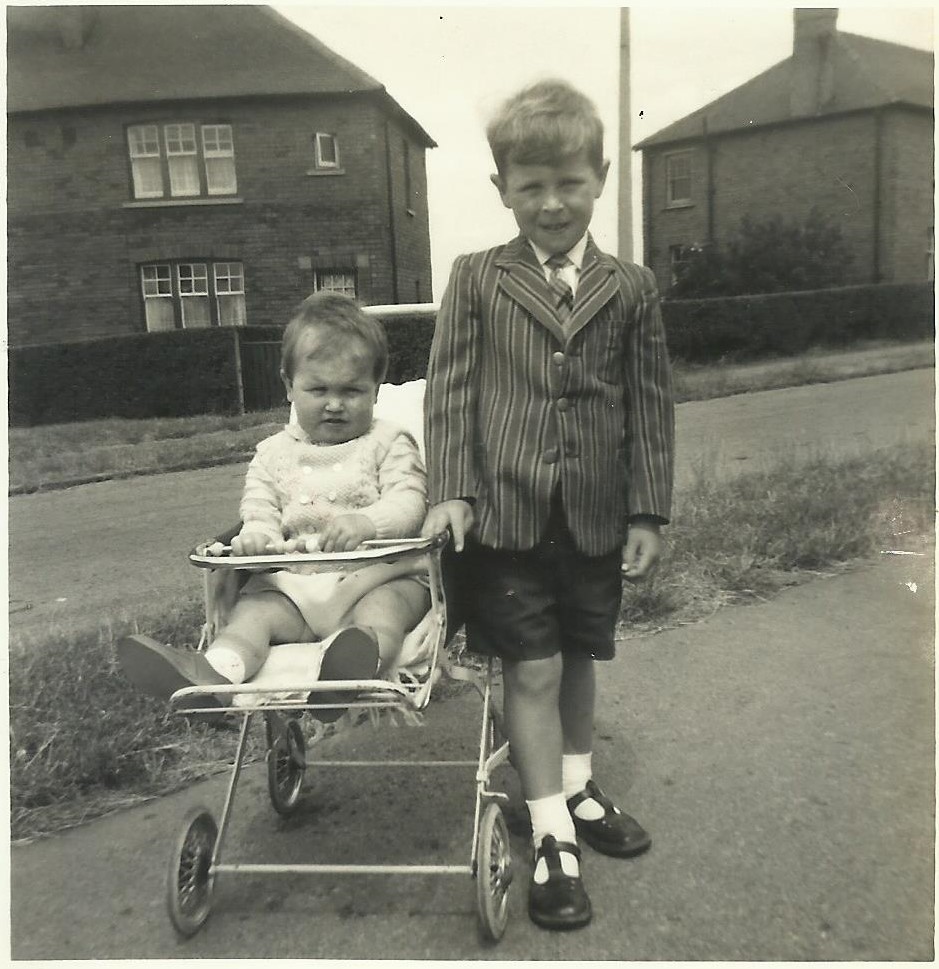
“Dad was the treasurer of Eastmoor Rugby Club. We had a signboard in the garden at Irwin Crescent to the fixtures on. I don’t know how we ended up with that.”
“Grandad Bill wasn’t an underground worker but he was involved in the pit so he had a coal allowance which my nan continued to receive after he died. My brother and I would carry coal up to Irwin Crescent because we didn’t have as much.”
“Me and my brother, my mum and my nan, were a de facto family. We would go after school. It’s where we would spend the weekends. We slept up on Irwin Crescent but if you ask me to say where home felt, it was Stanley Road.”
“Even though it wasn’t an outside toilet on Stanley Road it was still flaming cold. It would have been quite a trail to get down there from upstairs so when I was growing up we all had a chamber pot under the bed.”
“I remember the hole which had been the brick works. It was used, as was the one on Greenhill, as a domestic tip. And as kids, we were allowed to just wander all around the estate so we would dig in these piles of domestic rubbish. It’s surprising we survived.”
“When nana got ill, she came to live in the flats. She lived at Windhill View [at the back of our house] so we could keep an eye on her.
The full transcript of Darran’s interview is available at Wakefield Library.
A home for life
The council estate was home to some families for several generations, with children taking on their parents’ tenancies after their passing, and residents and their wider families living in close proximity to each other on the estate.
The wide variety of housing types made this possible, and it also meant that families could up-size and down-size as needed.
In 1980, Margaret Thatcher made it possible for council tenants to purchase their home at a reduced rate – for those who could afford it, it was too good an opportunity to miss. This gave the new owners the opportunity to personalise and change their homes in ways that had not been possible before.

The 21st century
The 21st century brought considerable change to all parts of the neighbourhood and properties, from new windows, doors, roofs and porches, to solar panels, extensions and increasingly private gardens.
“It’s one of the warmest houses I’ve ever lived in. All the rooms are a good size. The amount of storage it provides is extremely well thought-out. It’s been a really nice place to live.”
“I was surprised by the number of fences that have been raised. People didn’t bother about privacy. That is a definite change of culture because you could see everybody’s garden across the entire street, everywhere.”
“It was a very quiet corner of the estate until they built the new road. You could just walk across the road and walk down the lane to go down to the canal.”

The Eastmoor community is very diverse. For some residents, the estate meets all of their needs, while for others, social housing is problematic.
“The building of the council estates was really enlightened in Wakefield.”
“If I left here I don’t know where I’d want to go. I’ve always been happy here.”
“I’ve never come across living in a community where the majority of people were tenants and felt they had no agency. Not only within their own house but across the whole neighbourhood.”
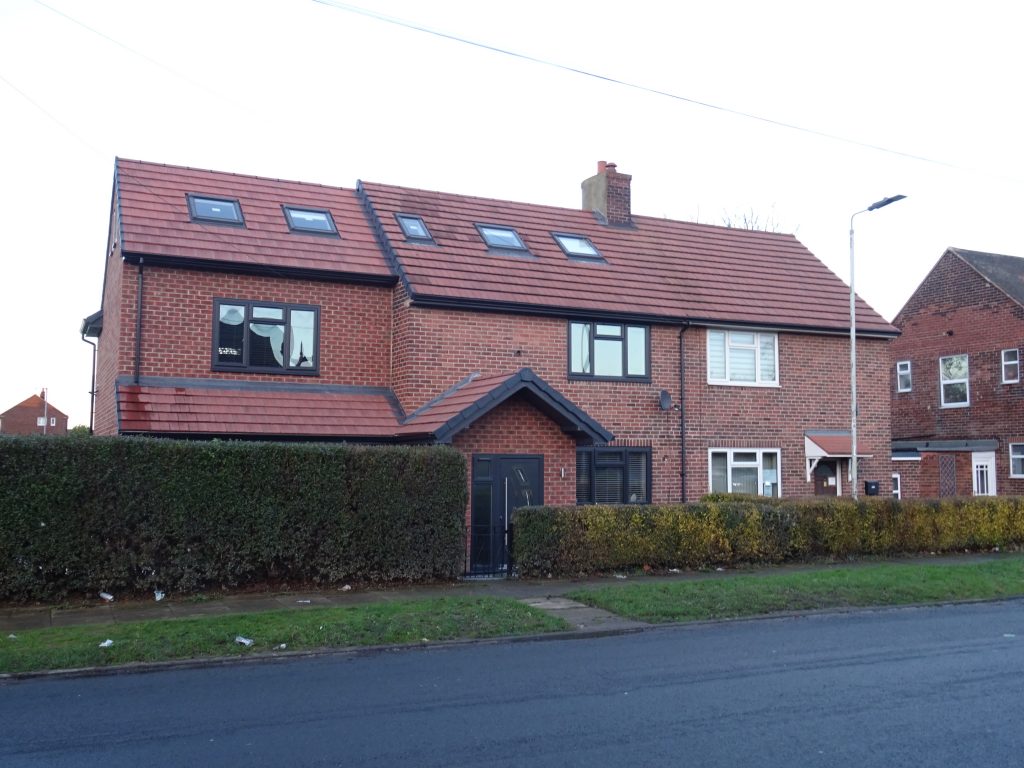
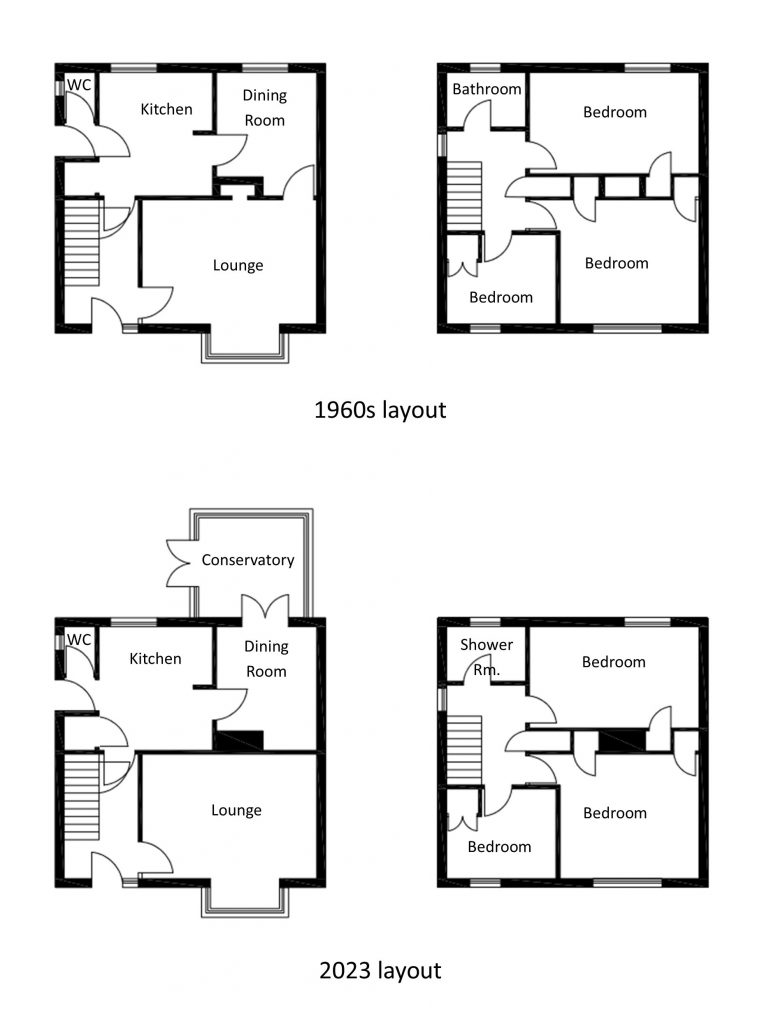

Shopping and amenities
By the 1950s, the estate had the The Rocking Horse public house and two shops on Barden Road, all of which remain. At the terminus on Windhill Road there was a health centre, post office, chemist and general store, with The George public house just beyond. The George has since been converted into a Nisa and contains the Post Office. There is a fish and chip shop / pizzeria but the pharmacy has recently closed.
At the junction of Park Lodge Lane and Shepley Street there are now several general / food stores offering world foods, a barbers and, further along Park Lodge Lane, a white goods store.
Stanley Road is still a shopping parade, albeit much smaller than in times past.

